7Artisans AF 50mm F1.8 Review
Dustin Abbott
March 18th, 2024
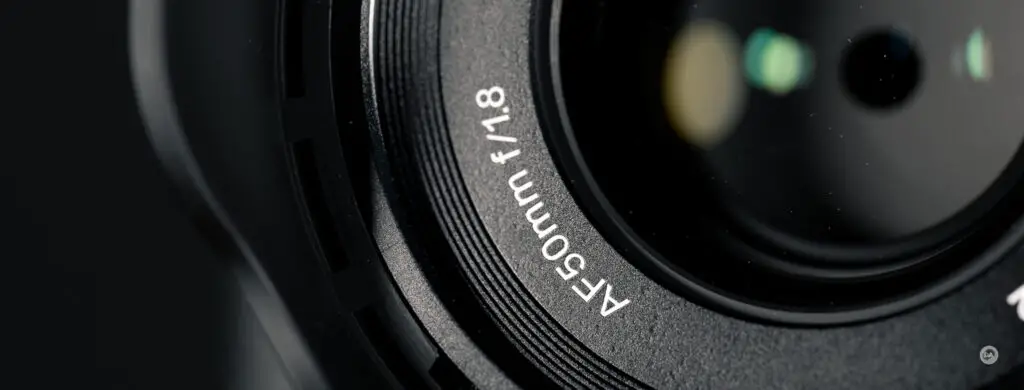
Late 2023/early 2024 has thus far proven to be the season where a number of newer lens makers have taken the plunge and transitioned from less complicated fully manual lenses to more complex autofocus designs. I’ve spent time in the past three months with autofocus lenses from no less than four brands who previously made only manual lenses. One of those is the new 7Artisans AF 50mm F1.8 lens – a serious leap forward for the brand 7Artisans, who have, to this point, mostly made relatively inexpensive manual focus lenses to this point. Taking the plunge into autofocus is always a big deal, as both the risks and rewards elevate. So has 7Artisans pulled it off? Find out my thoughts in the video review below or by reading on…
Follow Me @ YouTube | Patreon | Instagram | Facebook | DA Merchandise | Flickr | 500px | X
Thanks to 7Artisans for sending me a review sample of this lens. As always, this is a completely independent review. *The tests and most of the photos that I share as a part of my review cycle have been done with the Sony a7RV along with the Sony Alpha 1 that serve as my benchmark cameras for Sony lenses.
__________________________________________________________________________________________________
In times past, 7Artisans has supported a wide variety of lens mounts as with manual lenses it is just a matter of changing the mounts so that the lenses will mount on the various cameras, but when you introduce autofocus it means developing the various focus algorithms necessary to make autofocus work correctly each camera platform. For that reason, the 7Artisans AF 50mm will come initially for Sony E-mount (tested here), though I suspect the lens will be rolled out for other camera brands.

You can probably tell from the image above that this isn’t really a small lens, particularly for a lens with a maximum aperture of F1.8. It is actually a bit longer than the Sony 50mm F1.4 G Master lens and dwarfs the Samyang AF 45mm F1.8 lens.
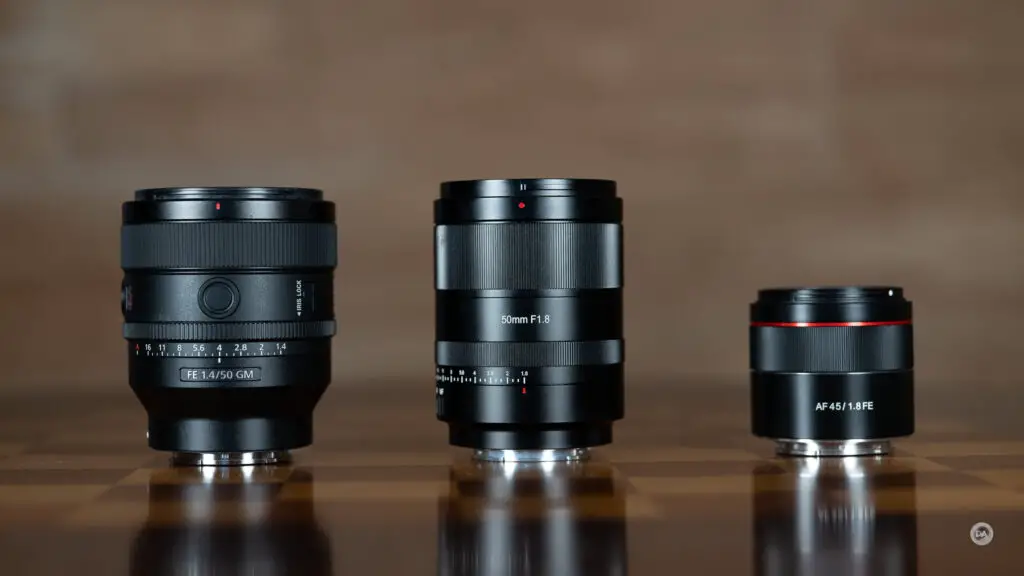
You might also notice that it looks like a quality lens, with a nice looking design and some features. The 7Artisans AF 50mm F1.8 is coming to market at $228 USD, $309CAD, $359AUD, £216.00, or €251.00. That makes it slightly more expensive than the Sony FE 50mm F1.8 at the moment (normal price is $250, but it is discounted to $200 at the moment), but this is also a much more serious lens optically (and in build) than the Sony. The more comparable Viltrox AF 50mm F1.8 costs nearly $375 USD, making the 7Artisans AF 50mm F1.8 a relative bargain.
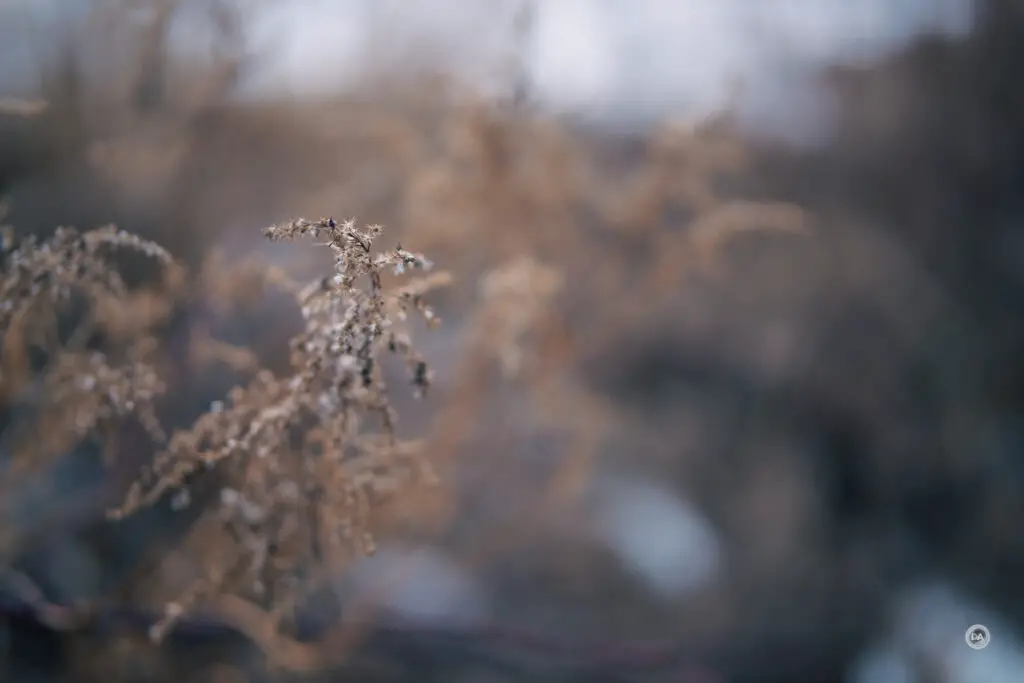
So is this a lens that you should seriously consider? We’ll explore whether or not that is the case in this review.
Build and Handling
7Artisans introduced this lens via an Instagram post, and as I looked through the responses, the most common question was centered around the size of the lens, namely, “why is it so big?” This is a valid question, as the lens measures 72mm (2.83″) in diameter and 104mm (4.09″) in length. It weighs 421g (14.85oz). The front filter threads are in a relatively uncommon 62mm size.
The most obvious competitor is the Viltrox AF 50mm F1.8 STM, which I reviewed in 2022. The Viltrox is 88.2mm long and 70mm in diameter, a good 26mm shorter. At 340g, the Viltrox is 80g lighter. If you are concerned about size, this lens may not be a top pick for you.
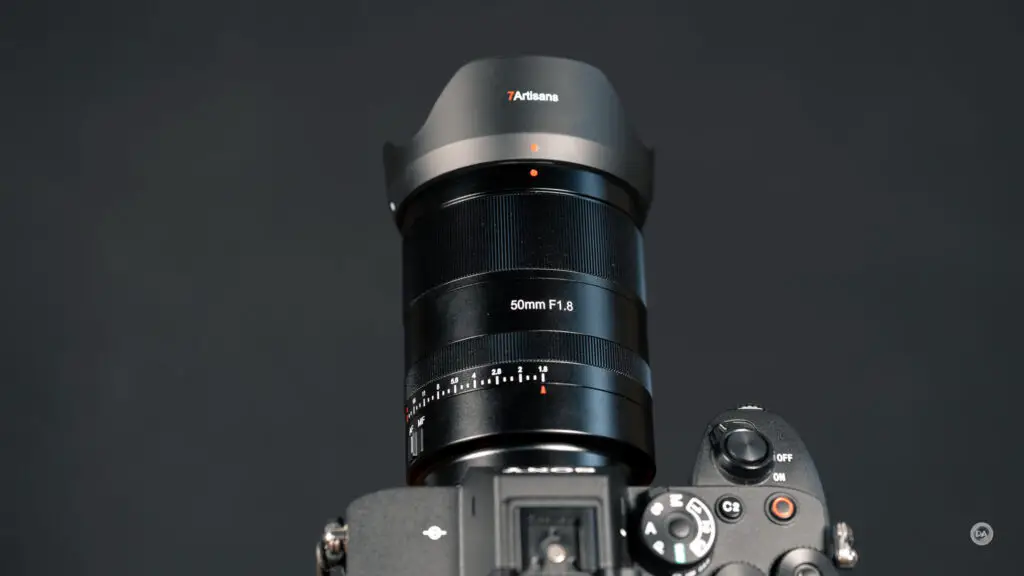
The lens barrel is made of metal, and it has a nice, anodized black satin finish. The lens design is very clean and elegant.
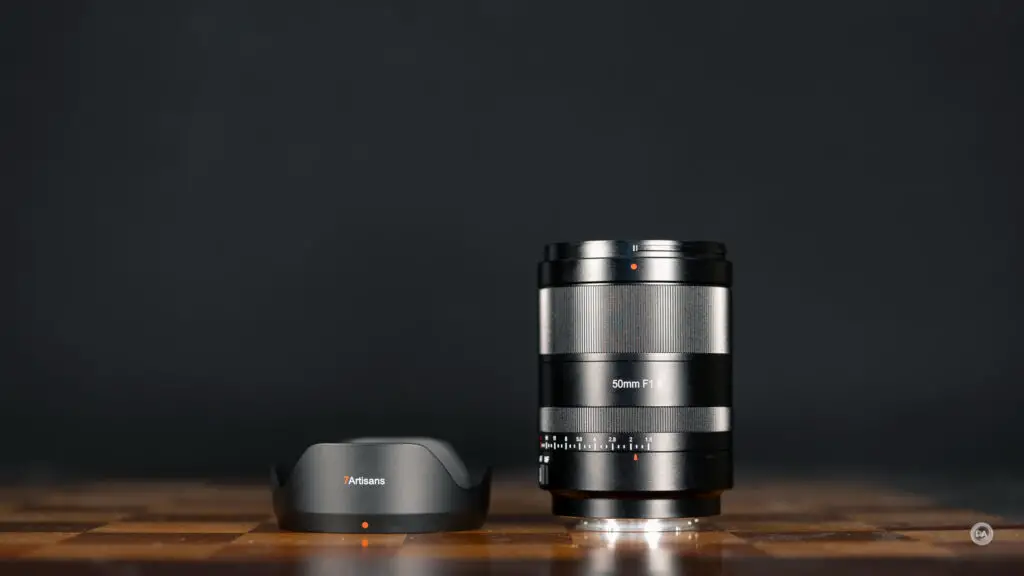
The lens hood is plastic, which is fine, though I wish the finish matched the lens better. It has more of a matte finish that doesn’t quite look it belongs to the lens.
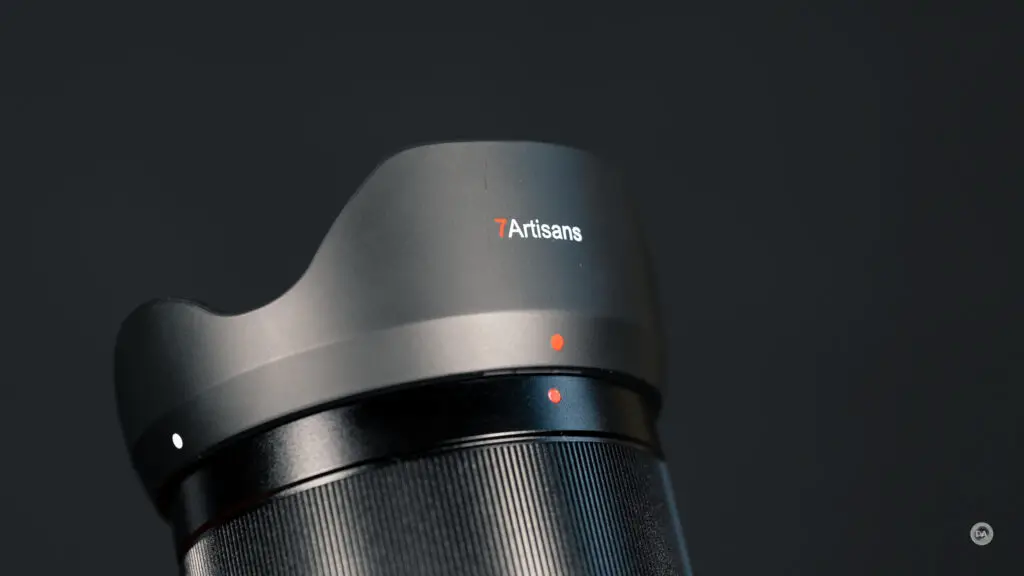
I appreciate the fact that 7Artisans has included some important features. The first inclusion is an AF/MF switch, which is always welcome.
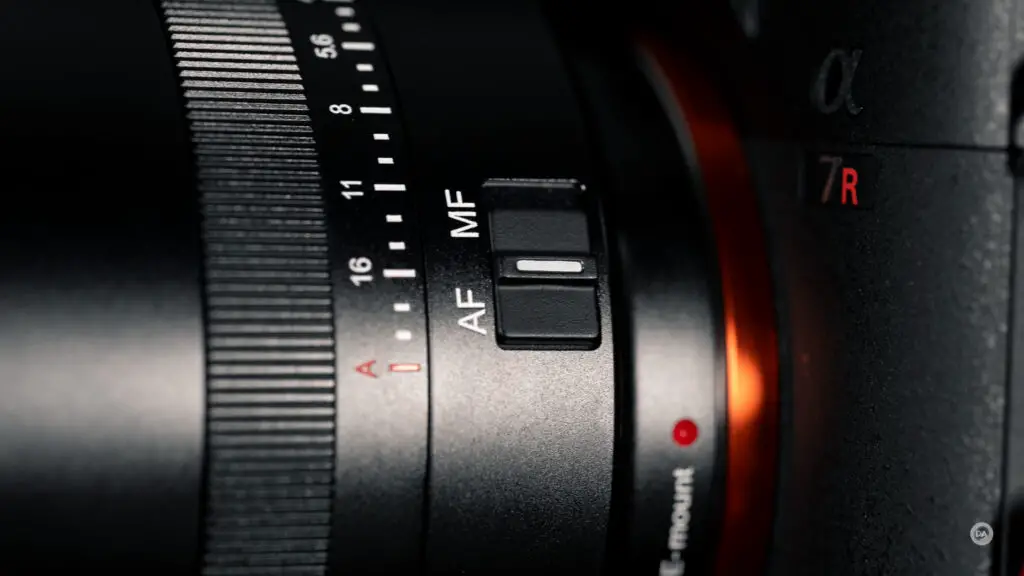
The action on the switch isn’t as definite as what I would like (it feels easy to knock loose), but it is a welcome addition nonetheless. A switch like this remains the quickest, most ergonomic way to select between these functions.
The manual focus ring is nice and wide and is made of metal with fine ribbing. The damping is firm and the focus simulation is excellent (mirrorless lenses are “focus-by-wire”, where input from the focus ring passes through the focus motor). It feels like a real manual focus experience. The damping is firm but feels very precise. The action and feel reminds me a lot of the Sony Zeiss Planar 50mm F1.4, which is a good thing. It takes about 600° of rotation (two full wrist rotations) to get from minimum to infinity focus.
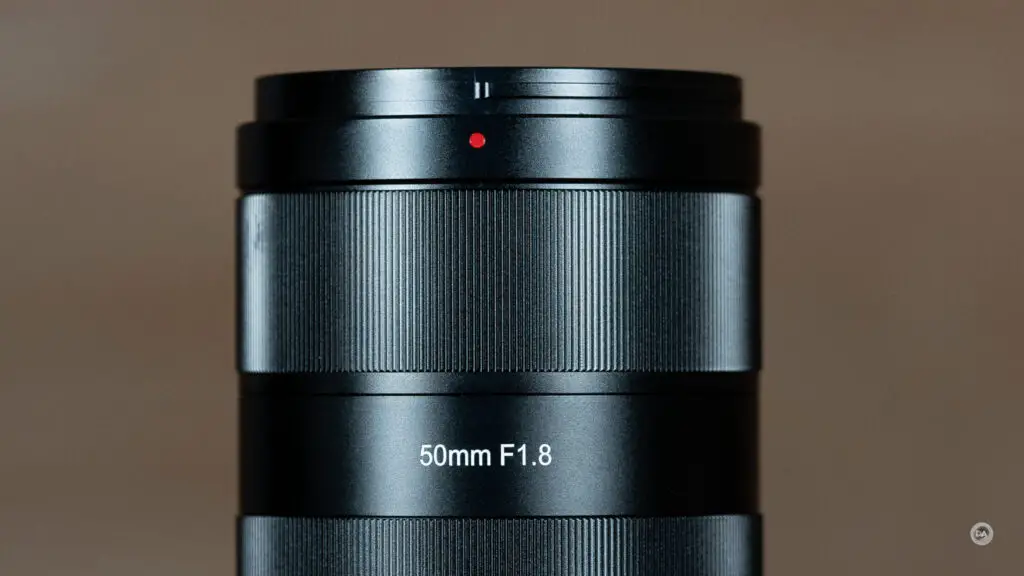
The feel of the lens and focus action is premium; nothing about that feels cheep.
Also included is a declicked aperture ring, though on my copy it has a few quirks. The aperture iris is fairly noisy as you change aperture settings, so this is something that will need refining. The first quirk is that the aperture ring shows the one third stop markings, which is great, but it shows a full three one-third stops between F1.8 and F2, which is a bit odd since F2 is only one third stop past F1.8.
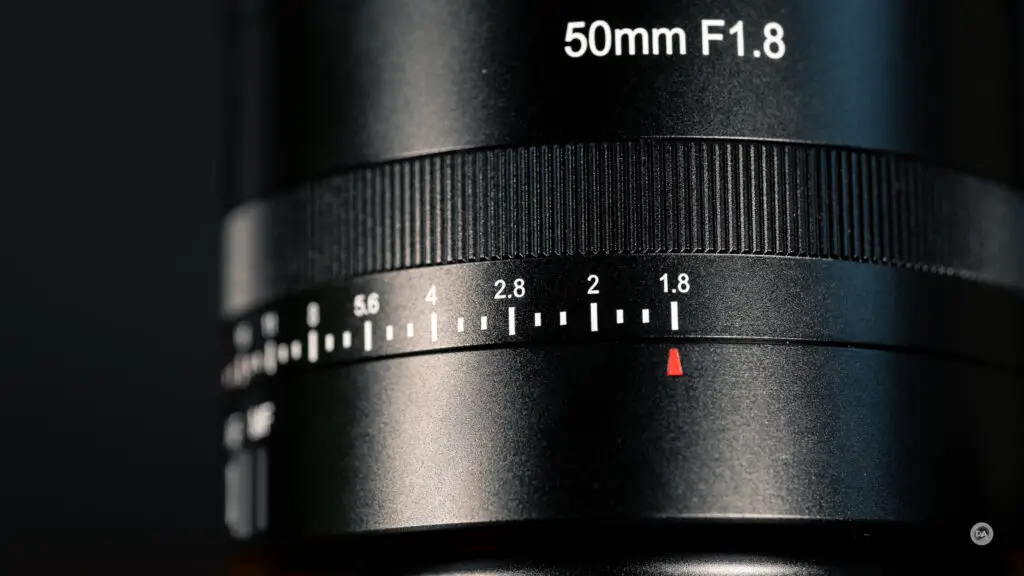
There are also one third stop markings from F16 to A, though F16 is actually the minimum aperture. It’s not a real issue, but there shouldn’t be any markings there.
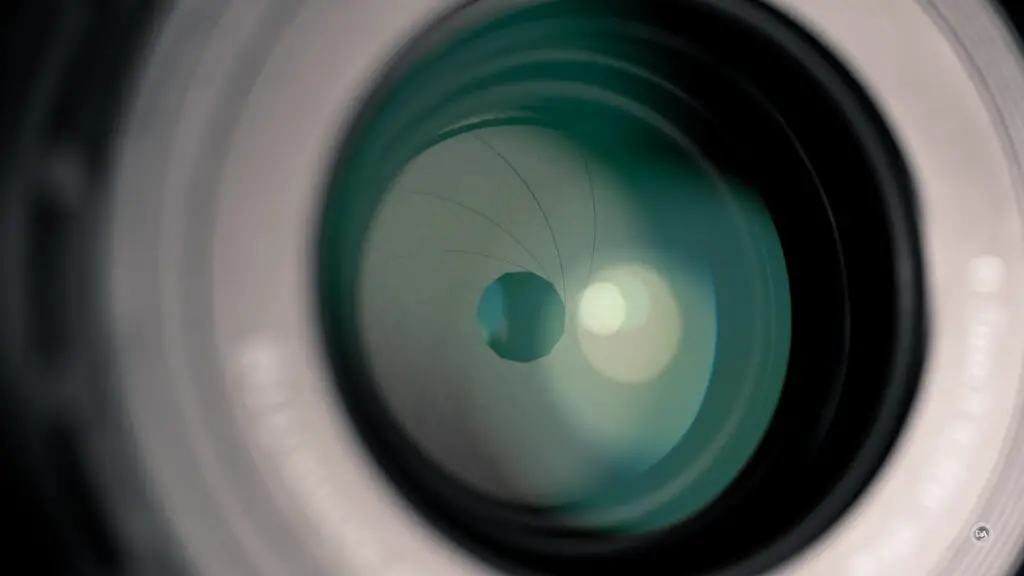
The aperture iris itself is lovely, with 11 rounded blades that create a nice, circular aperture. There is some of the typical lemon shaped geometric deformation near the edges of the frame, but, as you can see in the sequence below, the aperture iris keeps things round when stopping down to F2.8 and then F4:
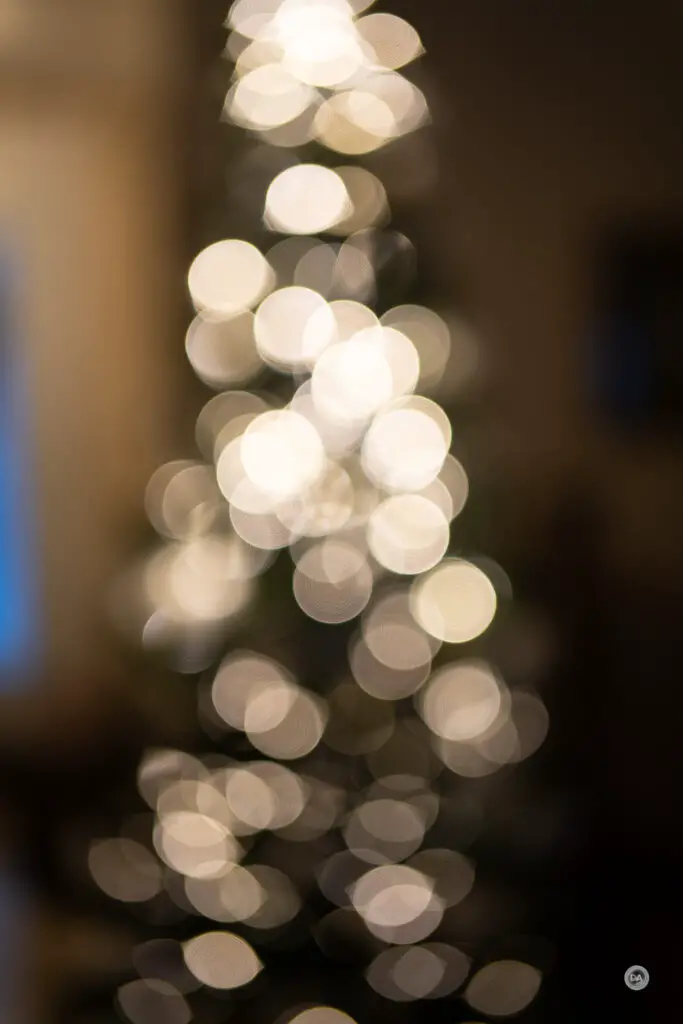
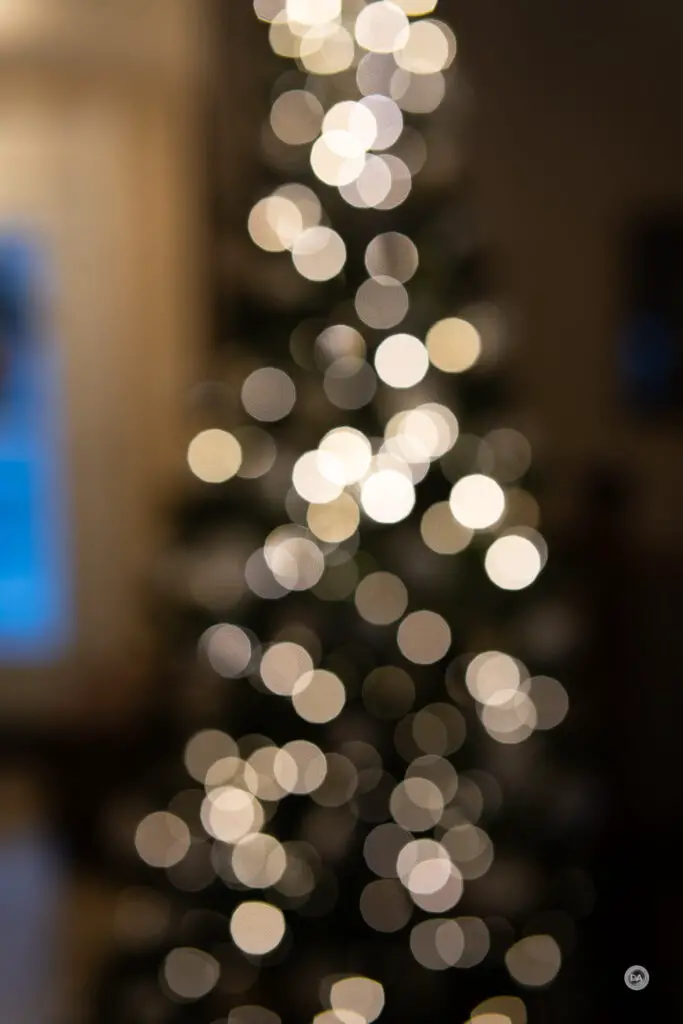
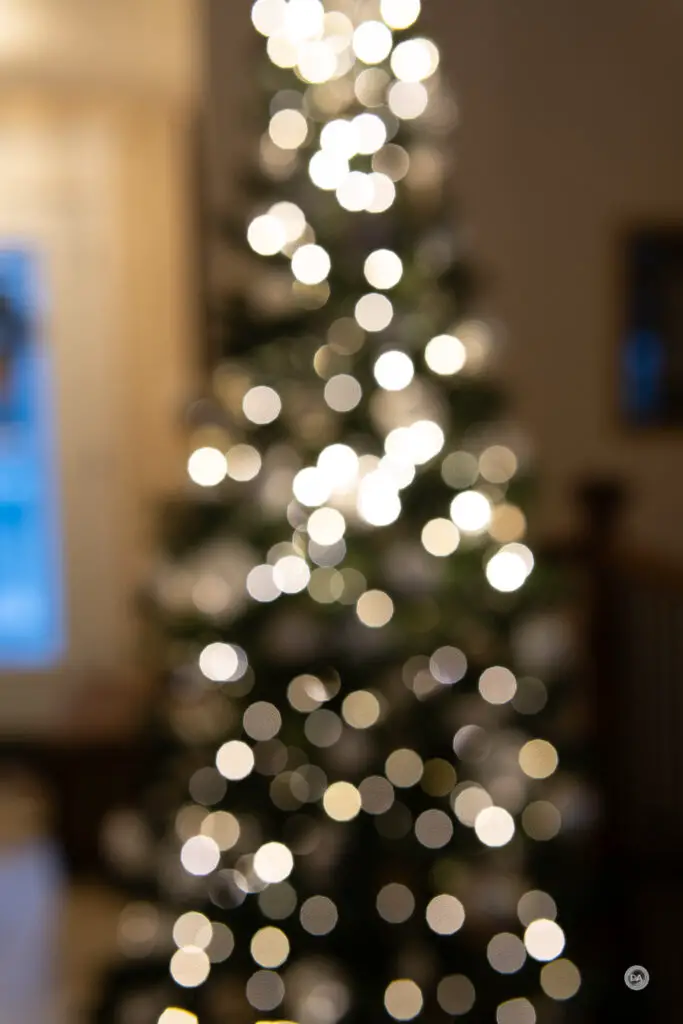
7Artisans has adopted the important standard of building in a USB-C port to the lens mount that will allow for future firmware updates. As this is their first AF lens, it remains to be seen how committed 7Artisans will be updating firmware for their lenses. They did release a firmware update for the initial prototype lens I looked at to bring it up to release standard. I’ve also looked at a subsequent retail copy of the lens that already had the firmware updated. The firmware update process is very similar to that on Viltrox lenses and isn’t complicated at all.
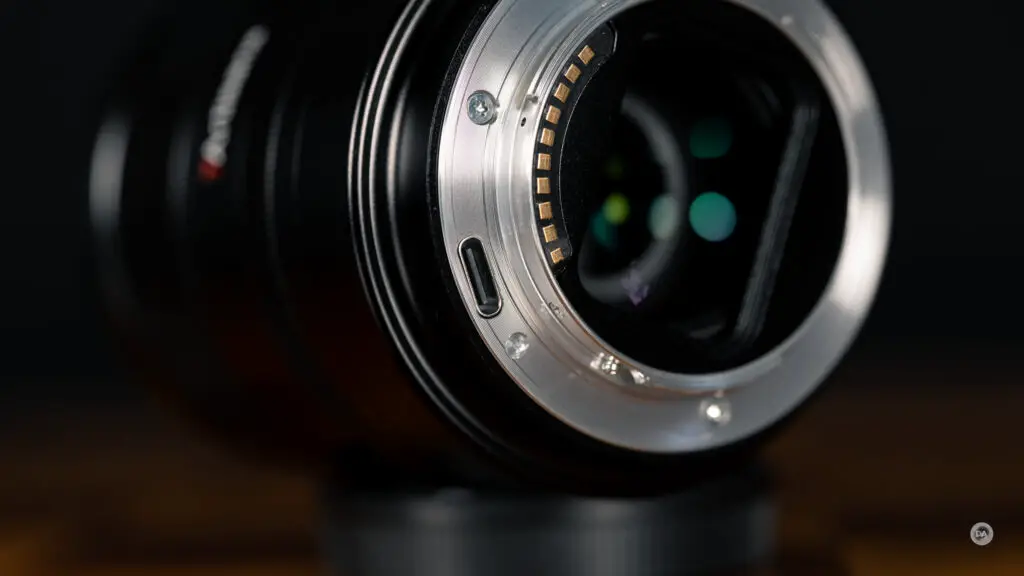
What is missing from that lens mount is any weather sealing gasket. This is not a weather sealed lens.
The minimum focus distance is 50cm, which bests the Viltrox 50mm F1.8 by 5cm (55cm) but falls behind the Sony FE 50mm F1.8 by 5cm (45cm). I estimate the maximum magnification figure to be roughly 0.12x, which looks like this:

That magnification figure isn’t high, obviously (a little below average for a 50mm lens), but the reasonably large maximum aperture and focal length allow one to produce a fairly shallow depth of field at minimum focus.

As someone who has spent time with hundreds of lenses, I do tend to pick up on the little details of lens design. 7Artisans has been nicely ambitious with this design, producing a lens with a nice feeling build quality (it almost feels upscale at moments) and a number of good features. There is some room to grow, however, as the execution of the ideas isn’t perfect. There are a few details that are a little off, but nothing deal breaking.
Autofocus and Video
At the time of this writing 7Artisans has not confirmed the type of focus motor in the AF 50mm F1.8, but I’m assuming it is the ubiquitous STM motors found in most mirrorless lenses outside of those higher end lenses that get a higher powered linear motor. This motor feels relatively smooth and quiet. I hear no focus noises during normal operation, though I can faintly hear a little scratching and whirring if I put the lens right up to my ear while focusing. Focus smoothness and general accuracy is good, though there is some evidence near the margins of focus that this is a first autofocusing effort.


Basic, undemanding photography works great. The light isn’t great here (I was shooting at ISO 1600 as we were playing a board game at night), but you can see that focus has accuracy locked onto the eye and produced a well focused result of my daughter-in-law’s cute little face.
Autofocus speed in my tests was about average indoors (not instant, but quick), and focus speed picked up outdoors in better lighting. I likewise got well focused results when taking photos of the cats, so long as they were still or moving very slowly.
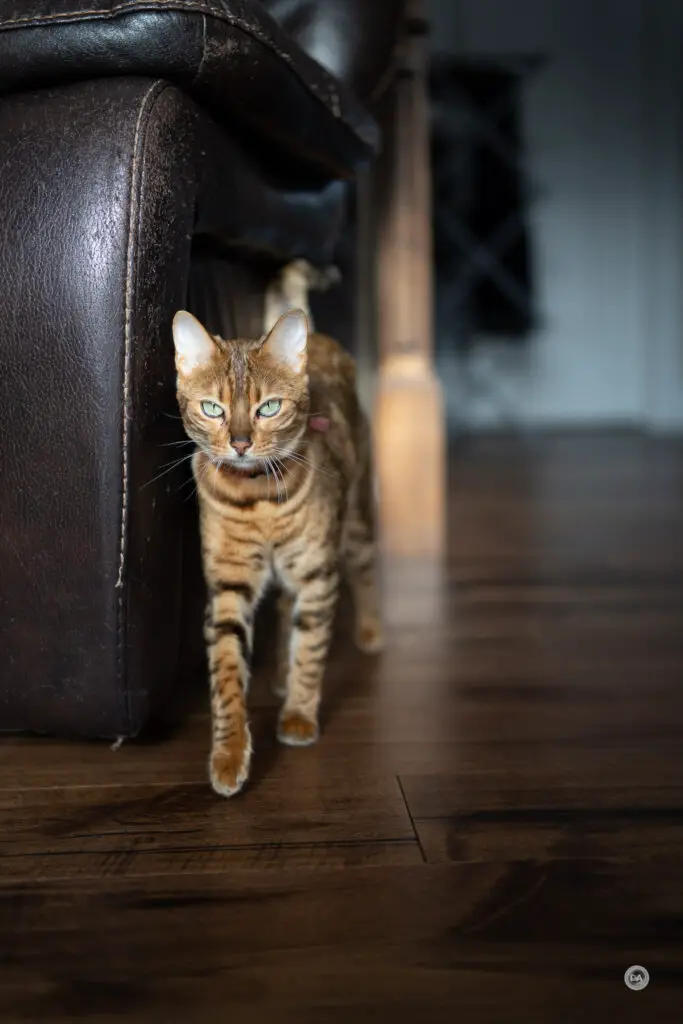
If they were moving a bit quicker (even walking steadily), however, focus did not stay up with them. You can see from some shots from this burst that focus did not keep up with the movement…at all.
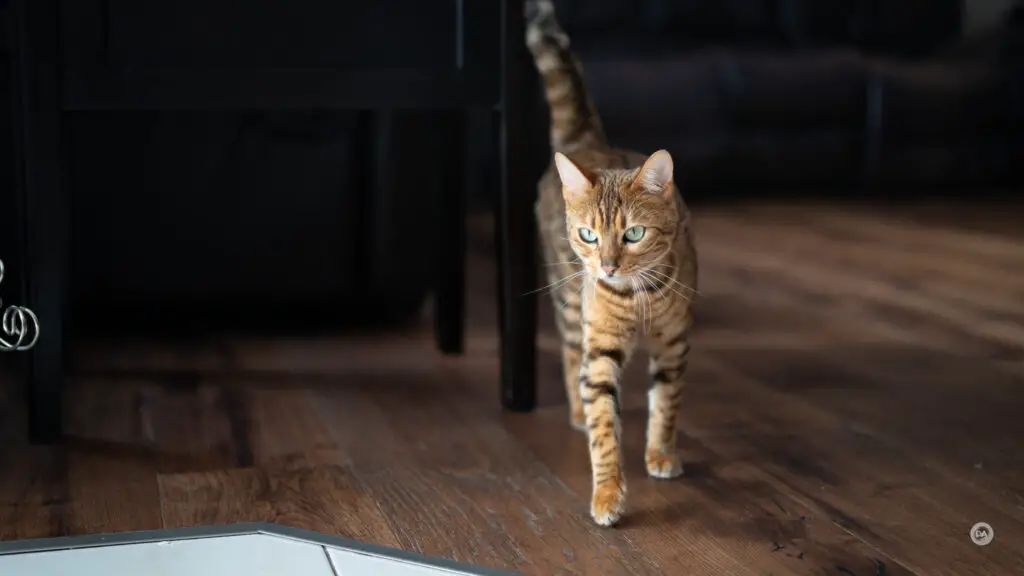
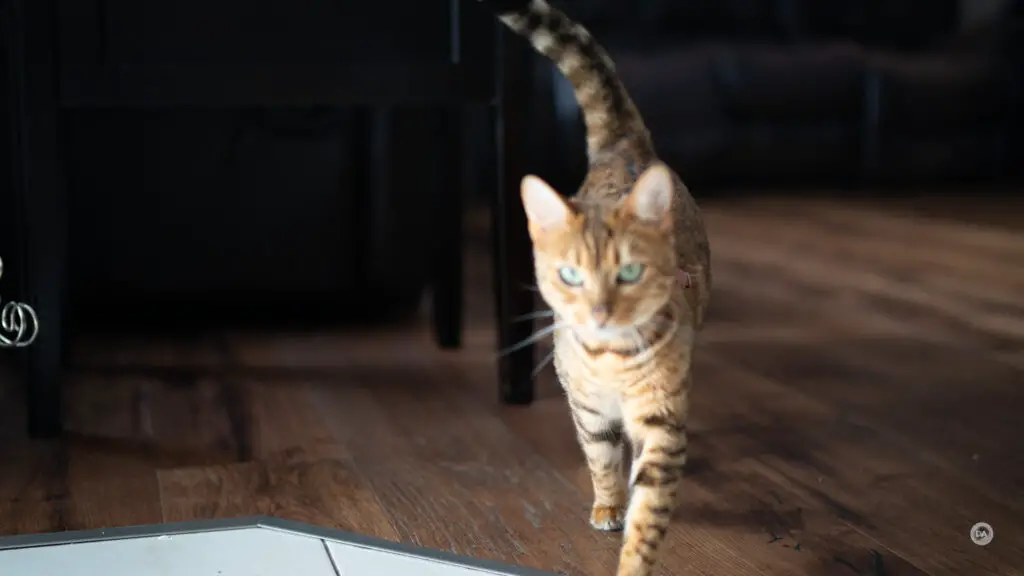
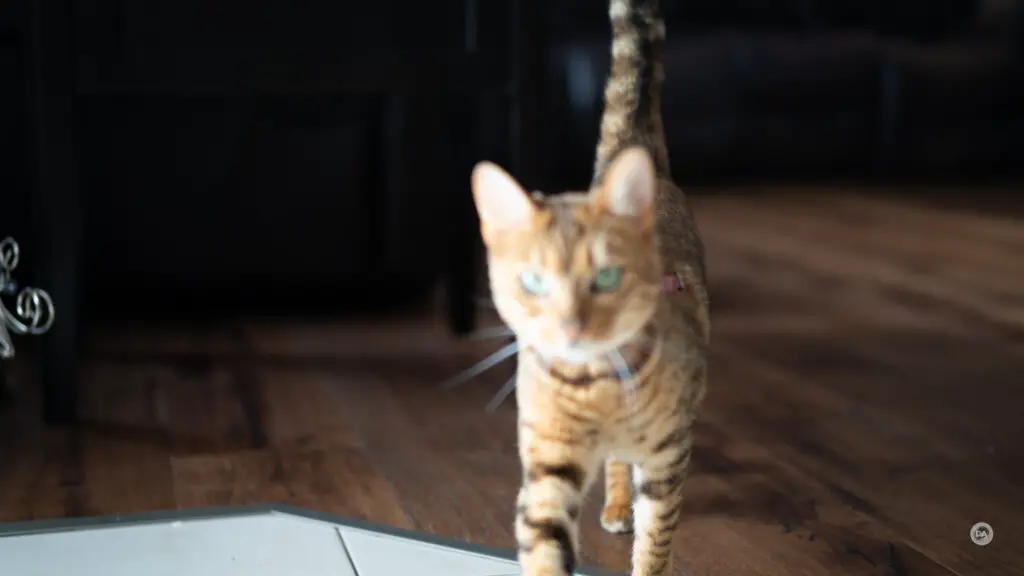
That trend was repeated in about a half dozen attempts. Focus during bursts was consistently backfocused and got steadily worse as the subject moved towards the camera.
But there’s more than just autofocus speed going on here, as I had my wife take many short bursts of photos of me as a still subject. Single shot portraits are always well focused, but a burst will start well focused on shot one, but then immediately progress to backfocus on the second shot, and by the third or fourth shot, the backfocus is extreme. After about seven shots the focus will return to accurate and the process starts over again. In one burst of 13, there were only 3 accurately focused shots.



I suspect there are two separate issues at play here. The first is inexperience with Sony focus algorithms and autofocus in general, so a firmware update might help the autofocus be consistent during a burst of a static subject…and to be more reactive during bursts with a moving subject.
The second issue is more complicated, as I detect the need for more torque/power in the focus motor. Autofocus speed is a okay, but a bit deliberate in some focus scenarios…I can tell that it is a bit underpowered. That obviously isn’t going to help when there is a moving subject. Sony has demonstrated that they will use two and even four focus motors in their better lenses to ensure that there is always sufficient power for fast focus. At the least, the 7Artisans AF 50mm F1.8 could use a single upgraded (higher powered motor) to drive focus quicker. Some improvement can be made via firmware, and I fully anticipate that 7Artisans will get better and better with focus algorithms over time, but some of the need here can only be met by upgraded hardware…not just software.
But not everyone needs blazingly fast autofocus for their work, and this lens is perfectly capable of capturing some action…just not in fast bursts. It seems to perform better for single shot.
The burst performance is a little disappointing, as focus accuracy for normal shots was very good:

I tested in low light and found that while autofocus slowed a bit, the lens continued to accurately autofocus.
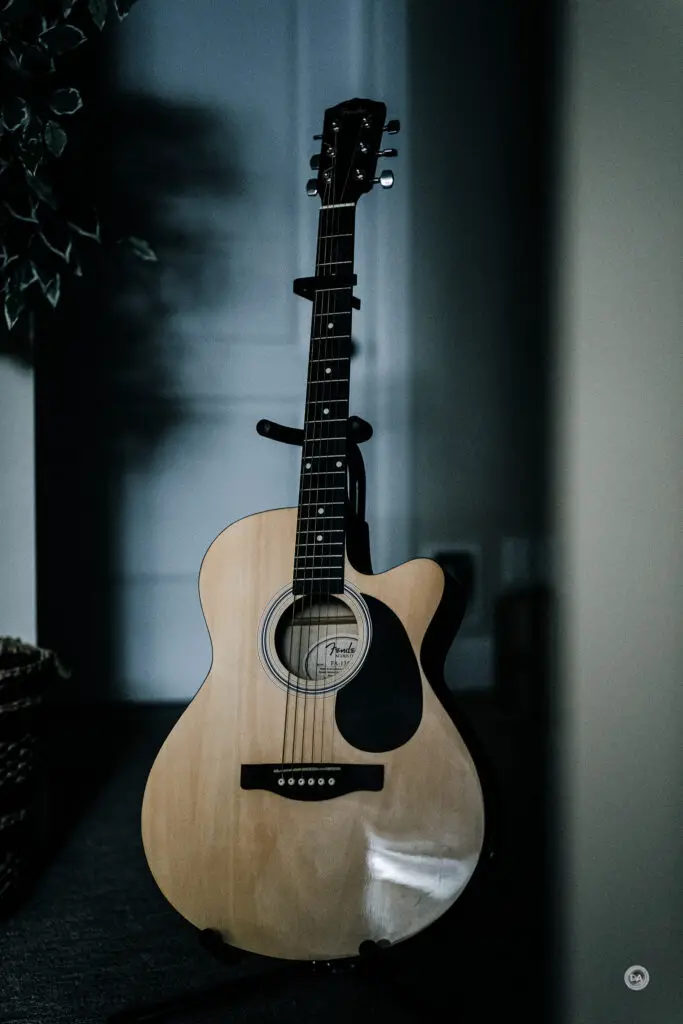
On the video front I found mostly good results. Focus pulls were smooth and quick in the initial transition, with no visible steps, though I sometimes saw some minor pulsing and settling on the subjects after the transition.
The 7Artisans AF 50mm did even better with my “hand test” however, where I alternately block the view to my face with my hand and then remove it. Focus transitioned nicely from my hand to my face, and focus breathing is relatively low. I also had fairly good results with video clips where I slowly moved the camera to force change from one subject to another at varying depths of field, though focus transitions were a little more abrupt than I prefer.
I feel like any video AF confidence issues I’m seeing can be fixed through firmware. It seems like a focus algorithm issue and not a hardware problem. 7Artisans just needs a little more familiarity with doing AF, but I think a firmware update or two will make a big difference.
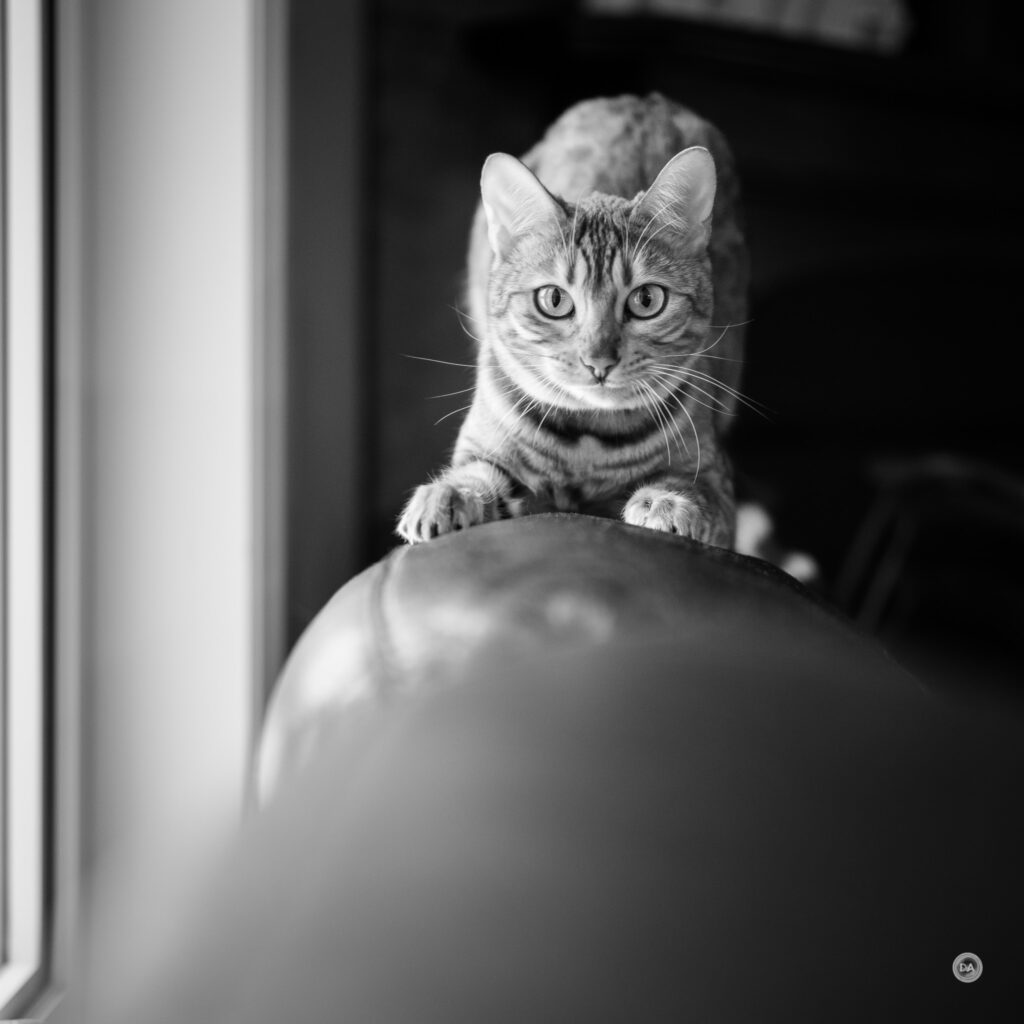
In summation, while I can see areas that suggest this is a first attempt at autofocus, this is a perfectly functional lens for many types of photography. I can remember other first attempts at AF where the focus motor was scratchy, focus was slow, and the whole process felt unsophisticated. That’s not the case here. Just don’t buy this lens (at least right now) to do focus bursts.
7Artisans AF 50mm F1.8 Image Quality Breakdown
The 7Artisans AF 50mm F1.8 has an optical design of 11 elements in 9 groups, and this includes two aspherical elements, 1 ED (low dispersion) element, and 2 HRI (high refractive index) elements. That’s nearly half of the optical design being sophisticated elements, which is impressive for a more budget oriented lens.
The main thing that stands out about the MTF chart is consistency; there is less than a 15% variance between the center and extreme corners.
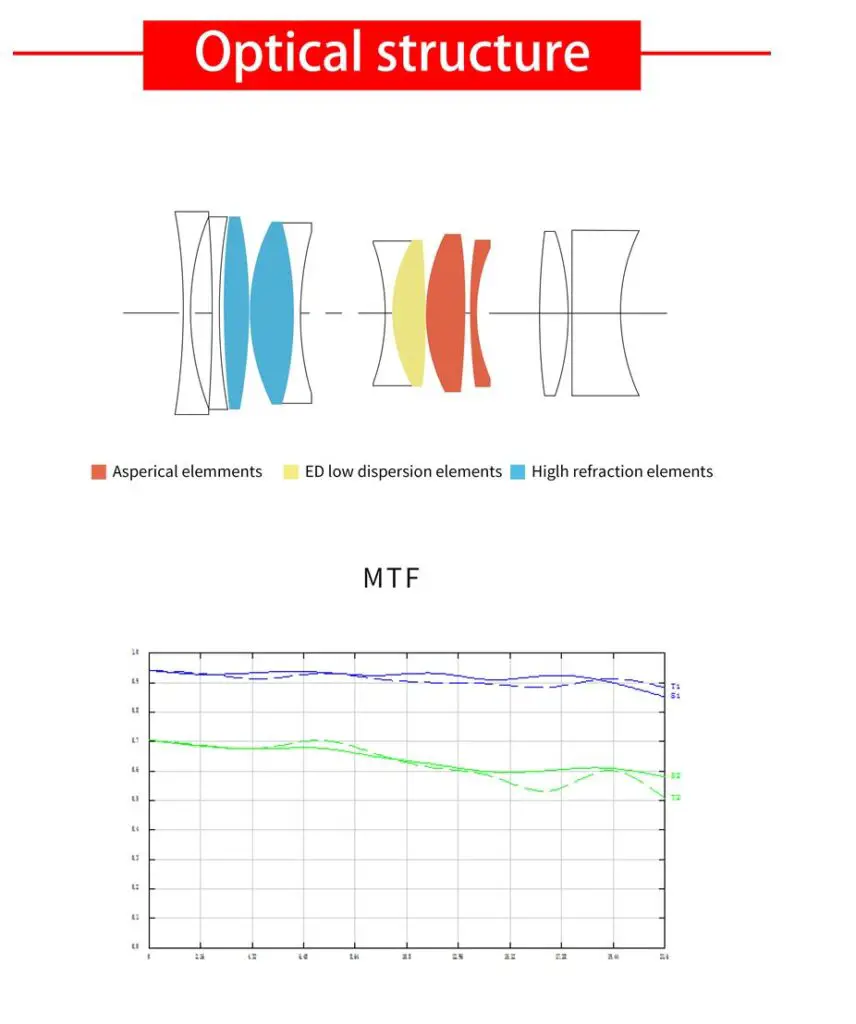
There were moments when the sharpness and contrast from the lens were impressive.


The crop on the right above shows impressive sharpness and contrast at F1.8. Another shot and crop shows that impressive sharpness, but also a minor issue.
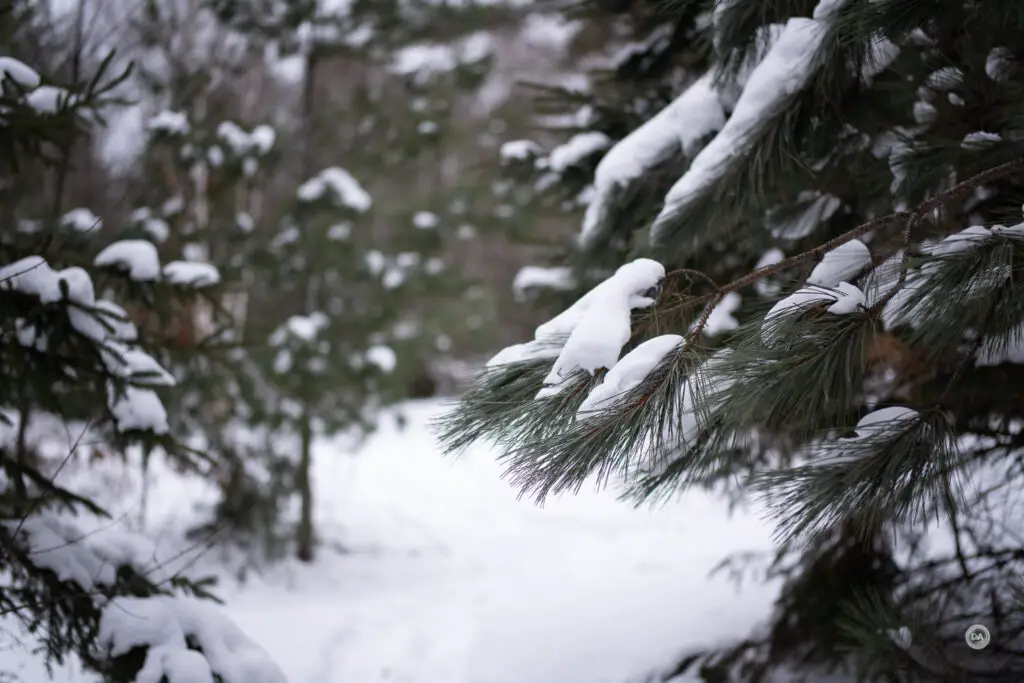

You can see in the high contrast zones where the needles stand out against the bright snow that some fringing is present – longitudinal chromatic aberrations, or LoCA.
It wasn’t as bad on my test chart, though you can see it there.
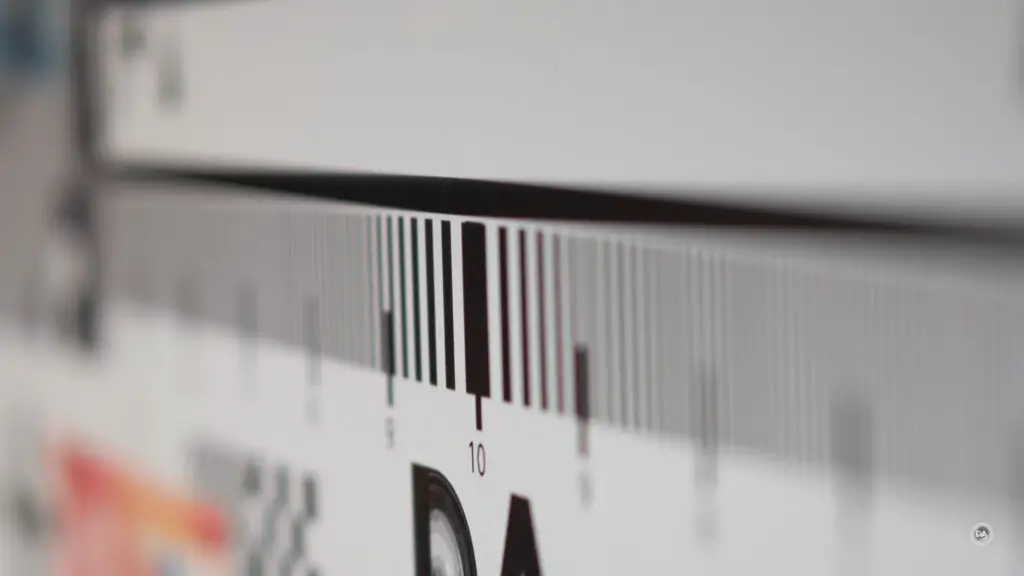
It’s a little more obvious on this closeup of my a7RV:
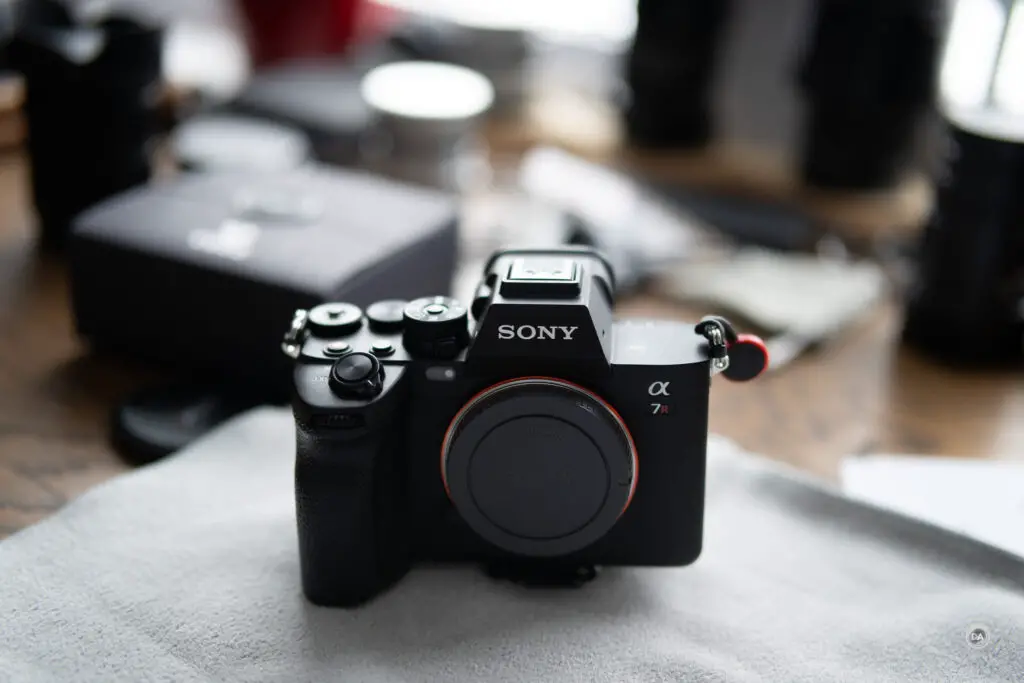

There’s also a bit of lateral chromatic aberrations visible in the transitions from black to white at the edges of the frame, though these are pretty mild.
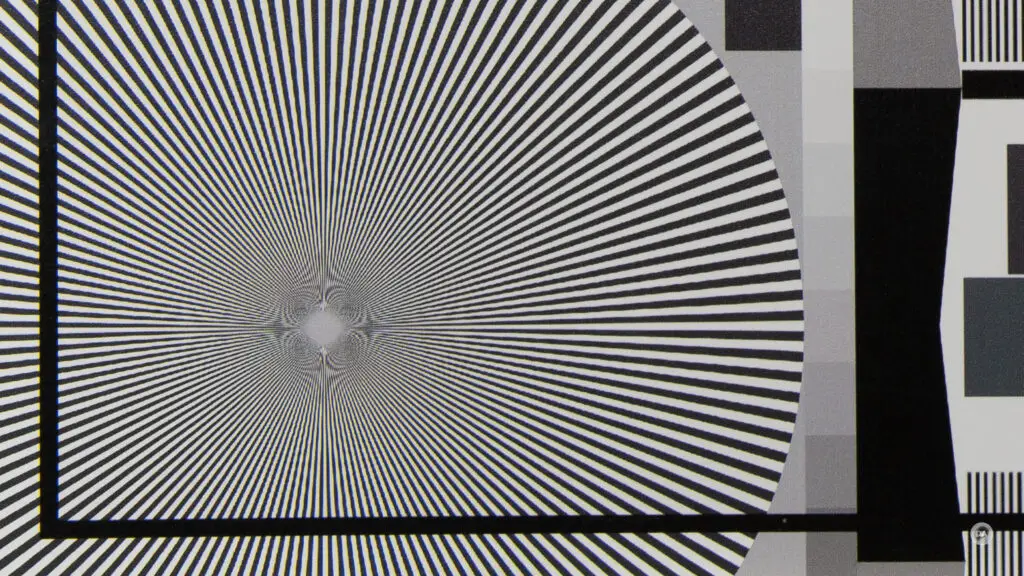
Both distortion and vignette are well controlled on the 7Artisans AF 50mm F1.8.
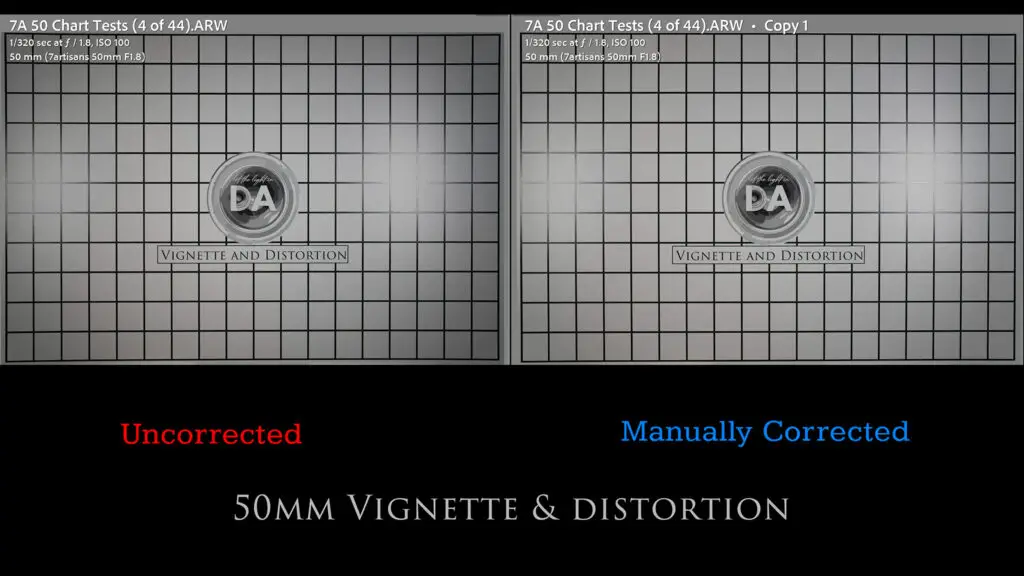
I corrected a tiny amount pincushion distortion (-2 to correct) and just a hair over one stop of vignette (+35). Both of these were mild enough that I didn’t notice them in real world shots.
Here’s an F1.8 shot with snow in the lower corners, but you can see vignette is not an issue (there is no corrections here).

That’s a very strong performance for vignette, and is perhaps one area where the large size of the lens is paying off. Overall I would call these early tests encouraging other than having a bit more fringing than what I would like.
So how about resolution and contrast? My tests have been done on a 61MP Sony a7RV. Here’s the test chart:
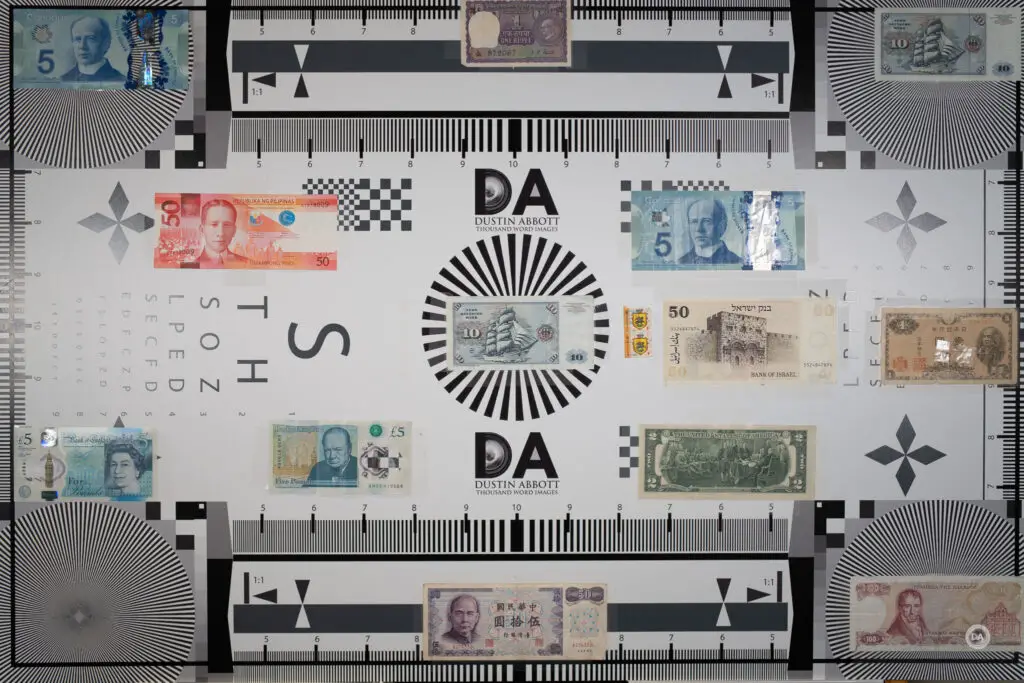
Here are F1.8 crops at roughly 180% from across the frame (center, mid-frame, and lower right corner).


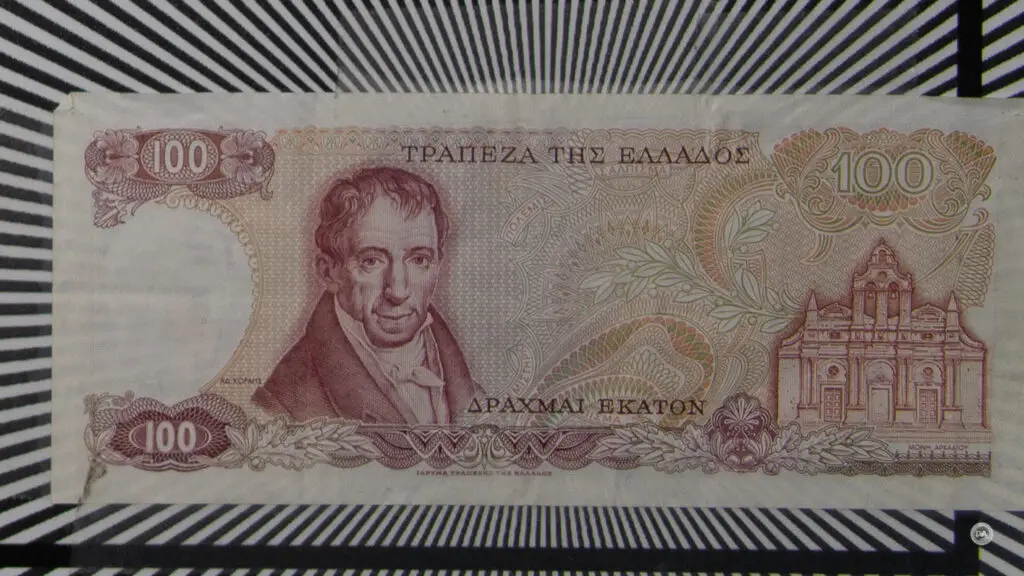
That’s a very consistently good performance all across the frame. I went back and compared to the optically strong Sigma 50mm F2 DN lens and found that the Sigma was slightly sharper in the center of the frame but the 7Artisans fought it to a standstill in the mid-frame and corners.
There is only a minor improvement to contrast by F2, but there is a more obvious difference by F2.8:
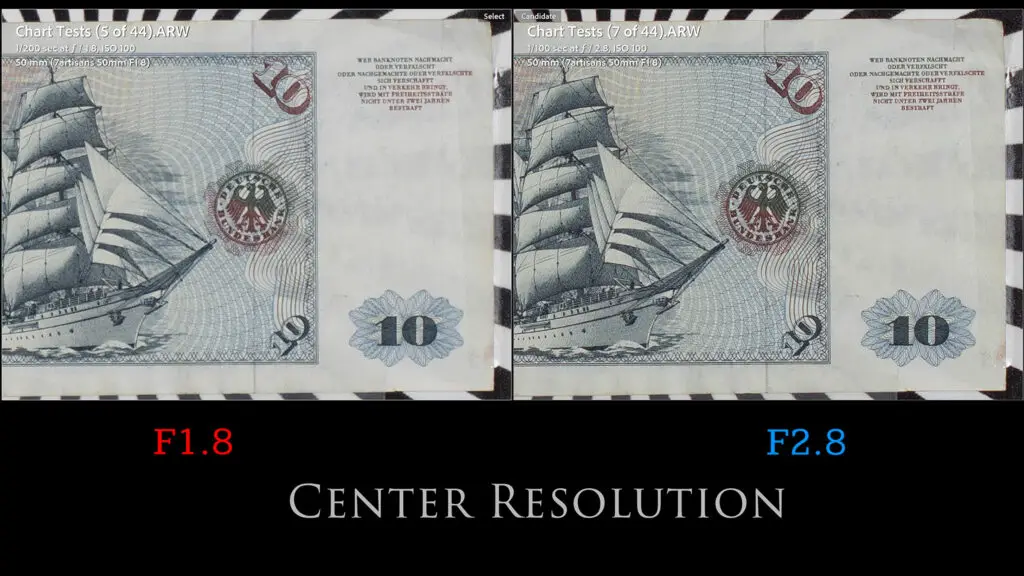
Corners are good at F2.8, but look noticeably better at F4:

That tells us that there is plenty of sharpness potential at landscape apertures, and that proves the case. Landscape images have nice detail across the frame.
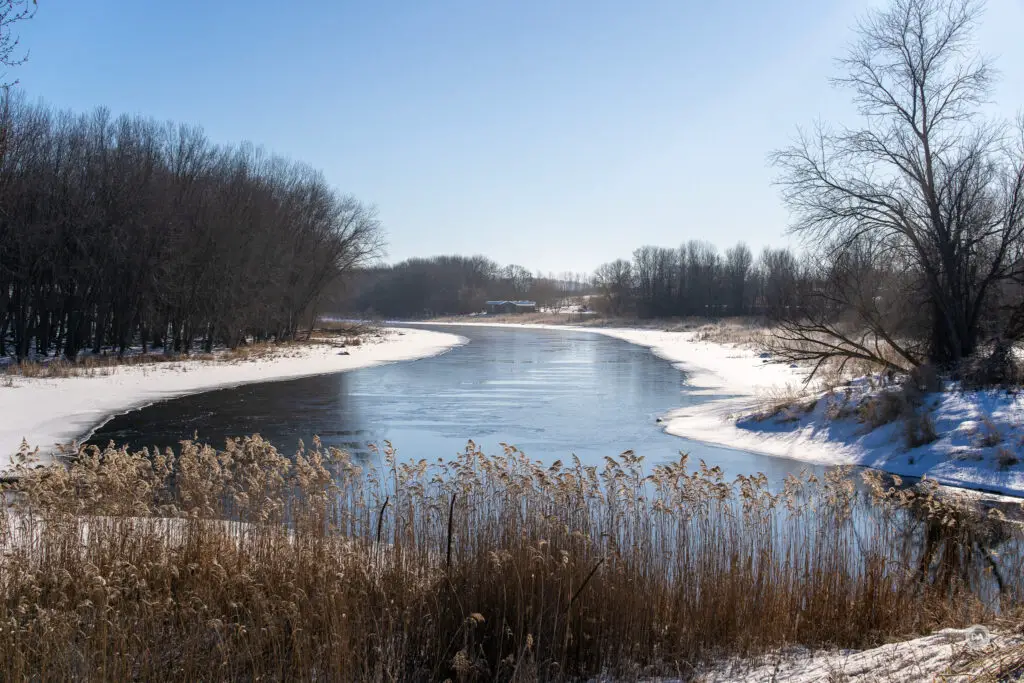
If you are shooting with a lower resolution body, this lens will easily out resolve the sensor. If I shot at the 26MP MRAW setting on my a7RV, sharpness is basically perfect even at F1.8:

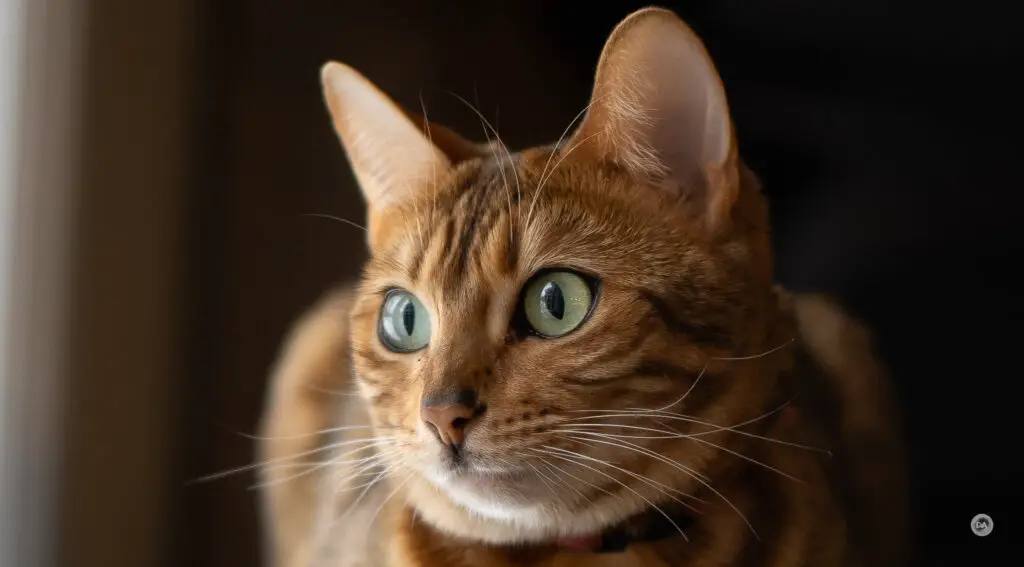
Sharpness peaks around F5.6, with F8 being very close to the same. Diffraction will start to soften the image after that, with a mild amount at F11 but a more obvious amount by F16:
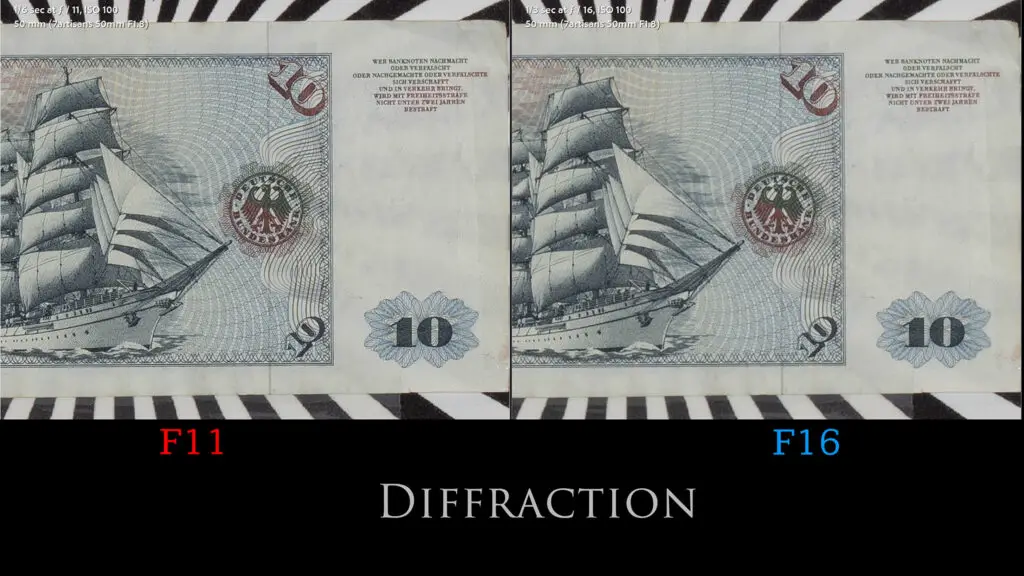
We’ve seen earlier that the bokeh geometry varies according the aperture, with some obvious lemon shape along the edges at F1.8. You will see that in ordinary images, though not in a pronounced way.
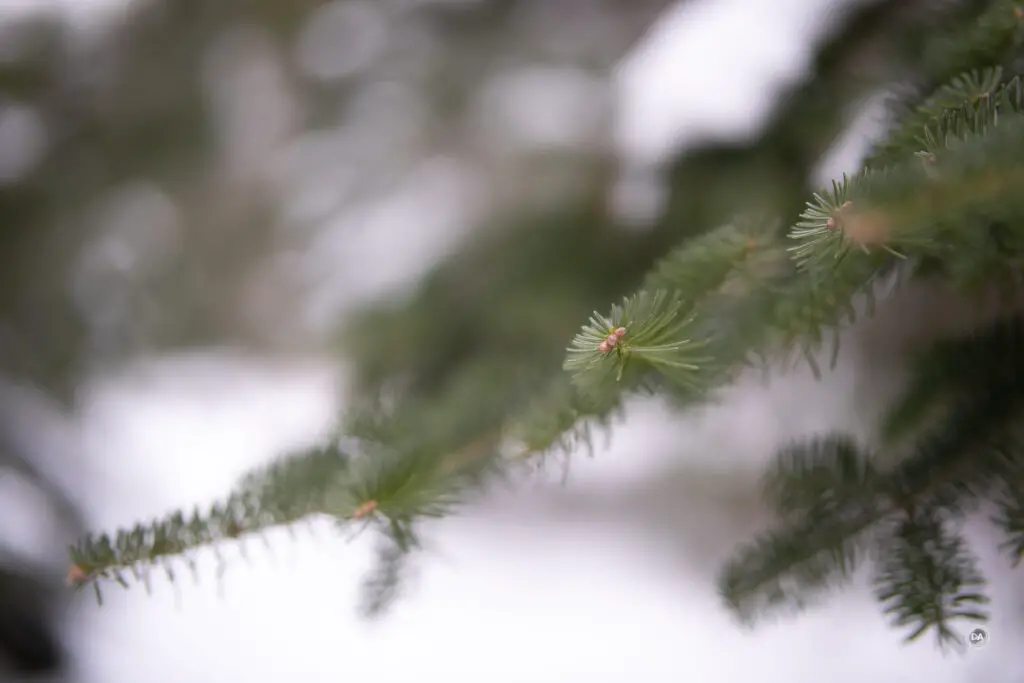
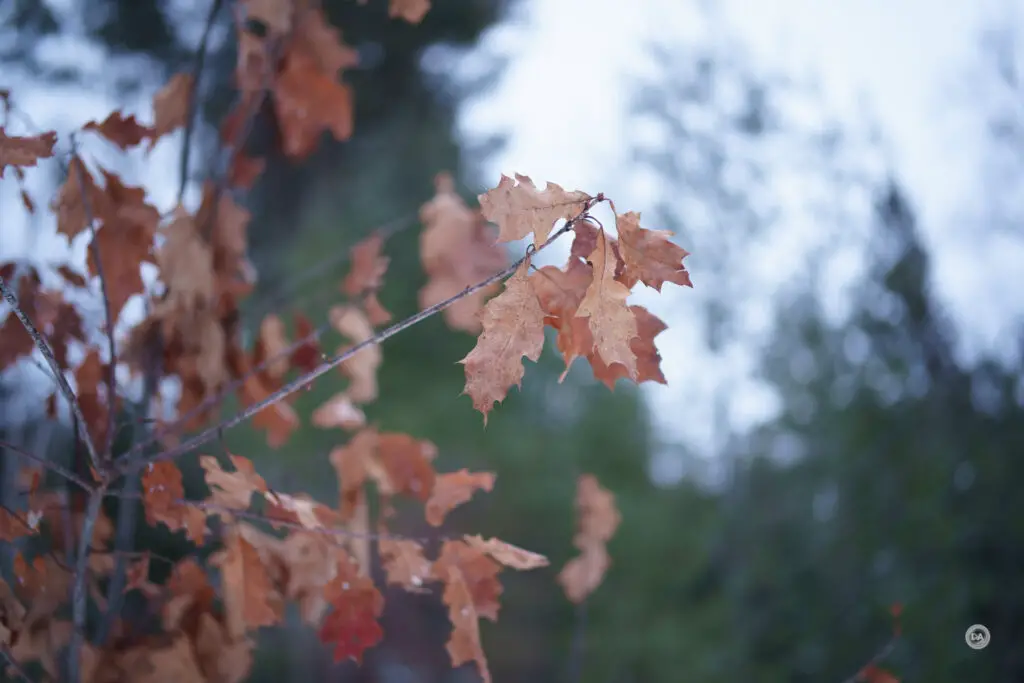
But I do feel like bokeh is a strength for this lens. It’s not as “magical” as some of the premium options out there, but the rendering of the defocused areas is a cut above both the Sony 50mm F1.8 and the Viltrox AF 50mm F1.8, in my opinion.

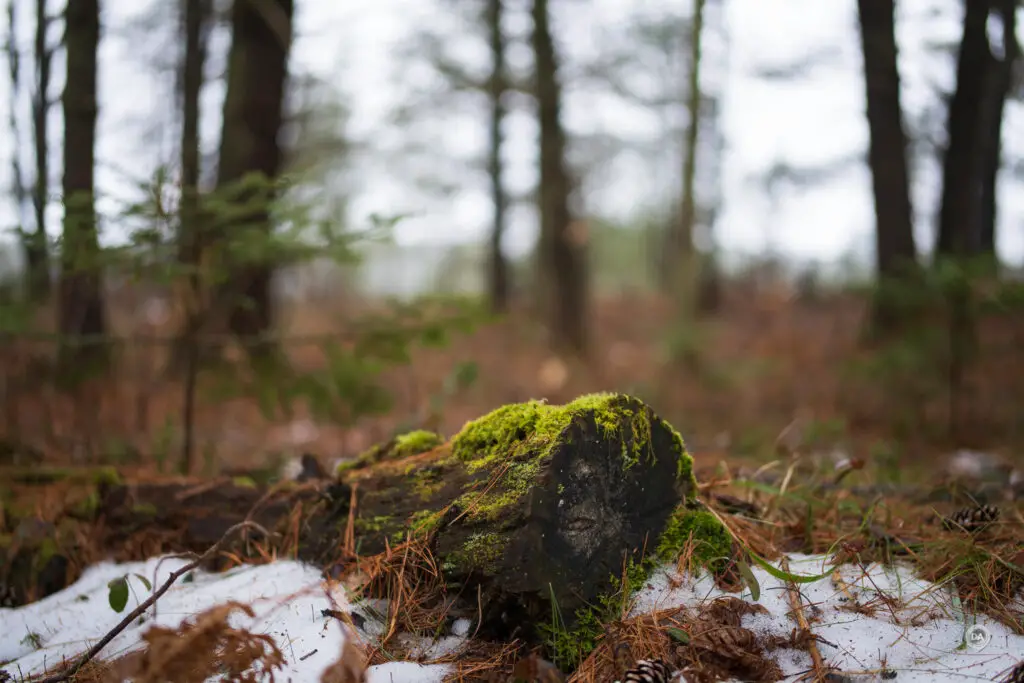
I had an opportunity to test coma due to a clear night with some bright stars. There’s good and bad here, with fairly well controlled coma in the edges of the images but some obvious fringing around really bright star points.
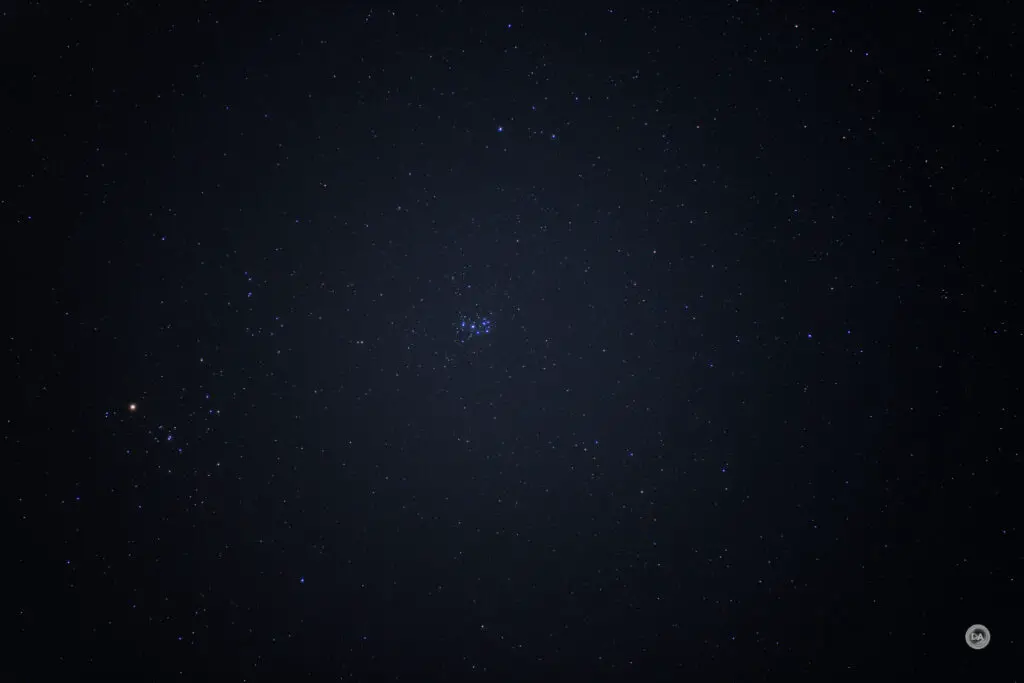


Flare resistance is another area of some vulnerability of the 7Artisans 50mm F1.8. Certain angles will produce pronounced flare artifacts of varying kinds. It’s not completely destructive, but there’s no question that it is very obvious.
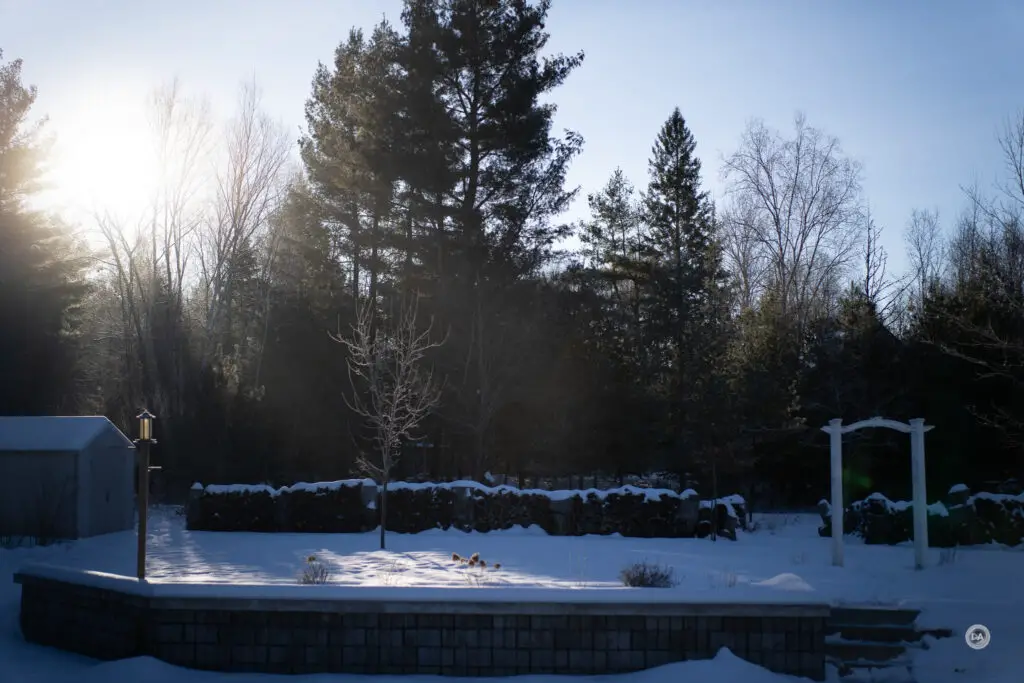


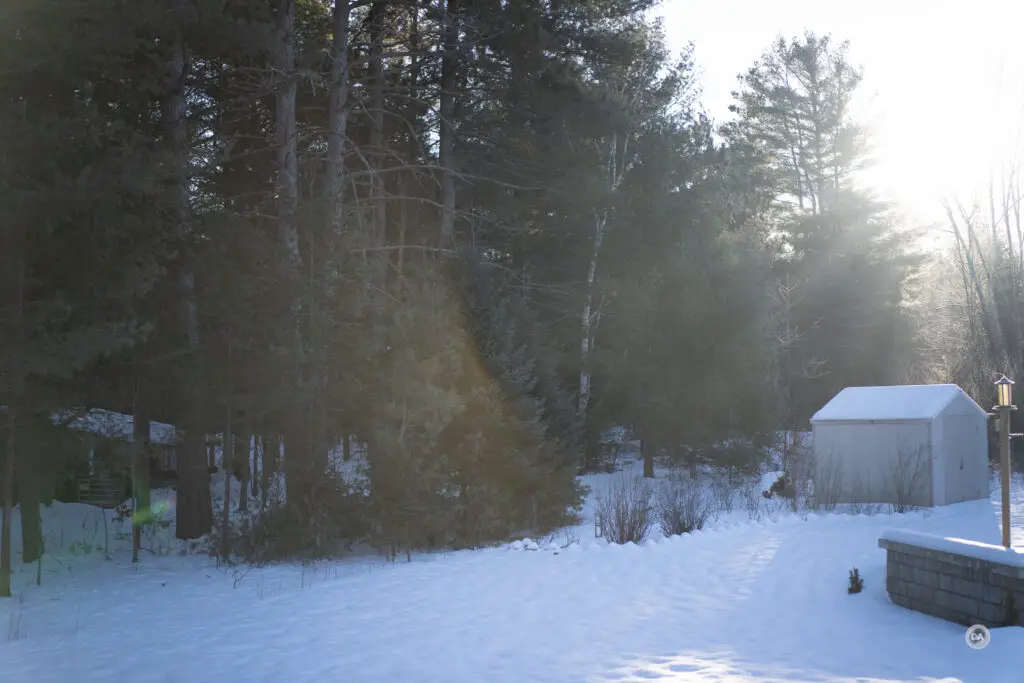


The last image reveals a nicer than usual sunburst effect for a 50mm lens, so one positive there.
So not a flawless performance, but for a relatively inexpensive lens there’s a lot of positives here.
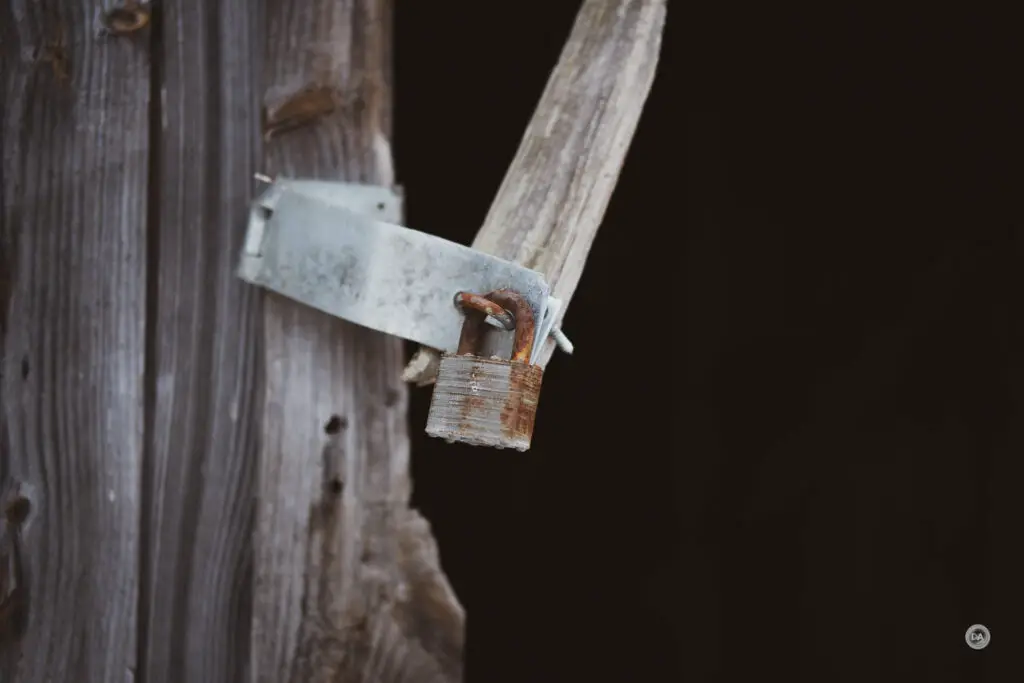
If you’d like to see more image samples, check out the image gallery here.
Conclusion
It’s very exciting to me to see these new lensmakers taking a risk and tackling autofocus. That takes some guts, as the level of complexity goes way up. Essentially the responsibility for focus goes from the photographer (manual focus) to the lensmaker (autofocus). Expectations completely change because autofocus opens the door to so many different photography subjects and scenarios. So kudos for 7Artisans for taking the risk and releasing the AF 50mm F1.8.

In many ways it is a very ambitious lens, with a number of quality features and a very nice build quality. 7Artisan’s inexperience with a lens like this shows in a few areas where some fine tuning of the process is needed, but there are other places where the lens feels reasonably polished. Autofocus in particular shows some areas that need shoring up through firmware. Autofocus performance and size are the greatest weaknesses here, and I would say that the optical performance and build count as the greatest strengths.
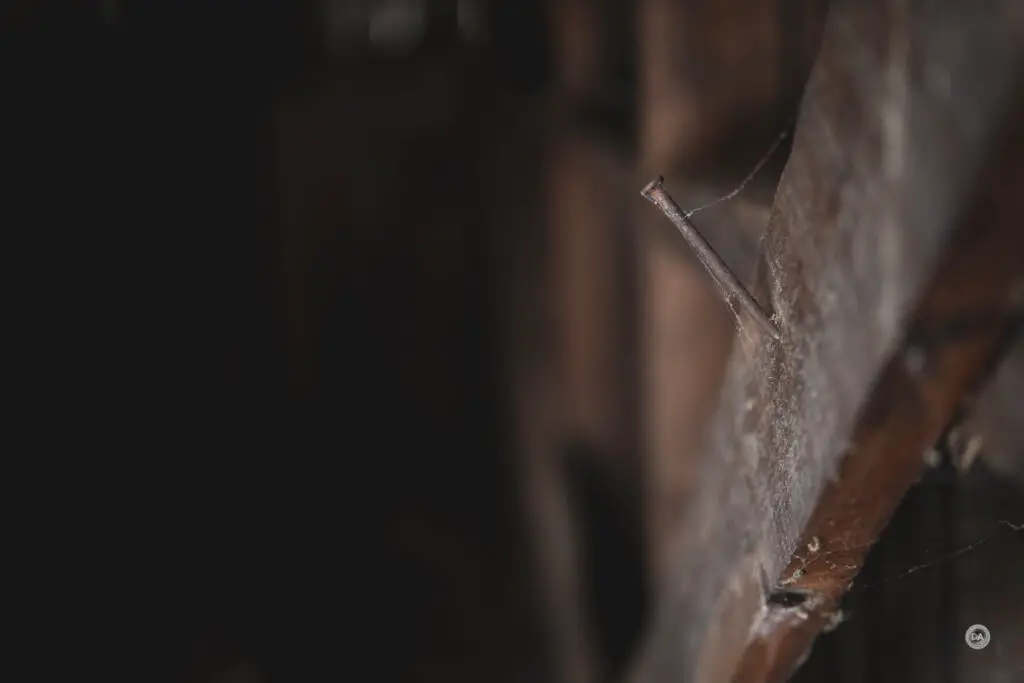
The 7Artisans 50mm F1.8 comes first to Sony E-mount, which has perhaps the deepest catalog of lenses ever due to Sony maintaining an open platform since the earliest days. There are more than a dozen autofocusing 50mm lenses already available on the platform (and more if you broaden the search from 45-55mm), so 7Artisans faces an uphill battle to carve out a space for their newest offering. I do think this is a very strong lens optically, particularly relative to the $230 USD price tag. This lens is much more sophisticated in both build and optical performance than the typical nifty fifty, and if your typical autofocus needs are more modest, I think you will be very pleased with what you get optically from this lens.
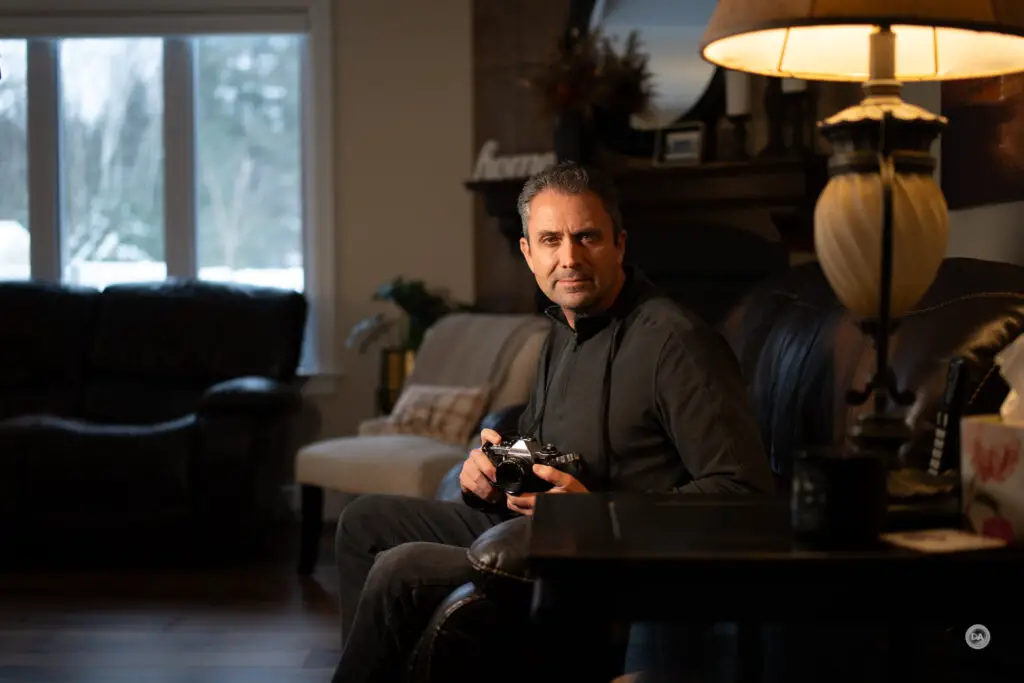
Pros:
- Nice looking lens with nice build
- Includes aperture ring and AF/MF switch
- USB-C port for firmware updates
- Good manual focus ring and experience
- High aperture blade count
- Autofocus motor is quiet
- Good sharpness wide open
- Very low vignette and distortion
- Nice bokeh
- Good colors
- Excellent sharpness when stopped down
- Good price to performance ratio
Cons:
- No weather sealing
- Aperture makes a lot of noise while opening and closing
- Autofocus speed is slightly below average
- Some autofocus issues
- Video AF not always confident
- Some fringing
- Some flare issues
_________________________________________________________________________
GEAR USED:
Purchase the 7Artisans AF 50mm F1.8 @ B&H Photo | Adorama | Amazon | Amazon Canada | Amazon UK | Amazon Germany
___________________________________________________________________
Purchase the Sony a7RV @ B&H Photo | Adorama | Amazon | Camera Canada | Sony Canada | Amazon Canada | Amazon UK | Amazon Germany
__________________________________________________________________
Purchase the Sony a7IV @ B&H Photo | Adorama | Amazon | Camera Canada | Sony Canada | Amazon Canada | Amazon UK | Amazon Germany
_________________________________________________________________
Purchase the Sony Alpha 1 @ Camera Canada | B&H Photo | Adorama | Amazon | Sony Canada | Amazon Canada | Amazon UK | Amazon Germany | Ebay
_________________________________________________________________
Want to support this channel? Use these affiliate links to shop at: B&H Photo | Amazon | Adorama | Camera Canada | Amazon Canada | Amazon UK | Ebay | Make a donation via Paypal
Buy DA Merchandise https://bit.ly/TWIMerch
Keywords: 7Artisans, 7Artisans 50mm, AF, 50mm, F1.8, STM, 7Artisans AF 50mm F1.8, Full Frame, Review, Sony Alpha 1, Sony a7RV, Review, Hands On, Dustin Abbott, Real World, Comparison, Sharpness, Bokeh, Flare Resistance, Autofocus, Image Quality, Sample Images, Video, Photography, let the light in, weathersealing, #letthelightin, DA
DISCLAIMER: This article and description contains affiliate links, which means that if you click on one of the product links, I’ll receive a small commission. As an Amazon Associate I earn from qualifying purchases.











 Canon EOS R8 Review
Canon EOS R8 Review 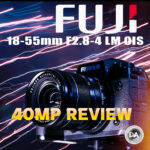 Fujinon XF 18-55mm F2.8-4 LM OIS 40MP 2024 Review
Fujinon XF 18-55mm F2.8-4 LM OIS 40MP 2024 Review  Viltrox AF 56mm F1.7 X-Mount Review
Viltrox AF 56mm F1.7 X-Mount Review  Viltrox AF 56mm F1.7 X Mount Gallery
Viltrox AF 56mm F1.7 X Mount Gallery 




